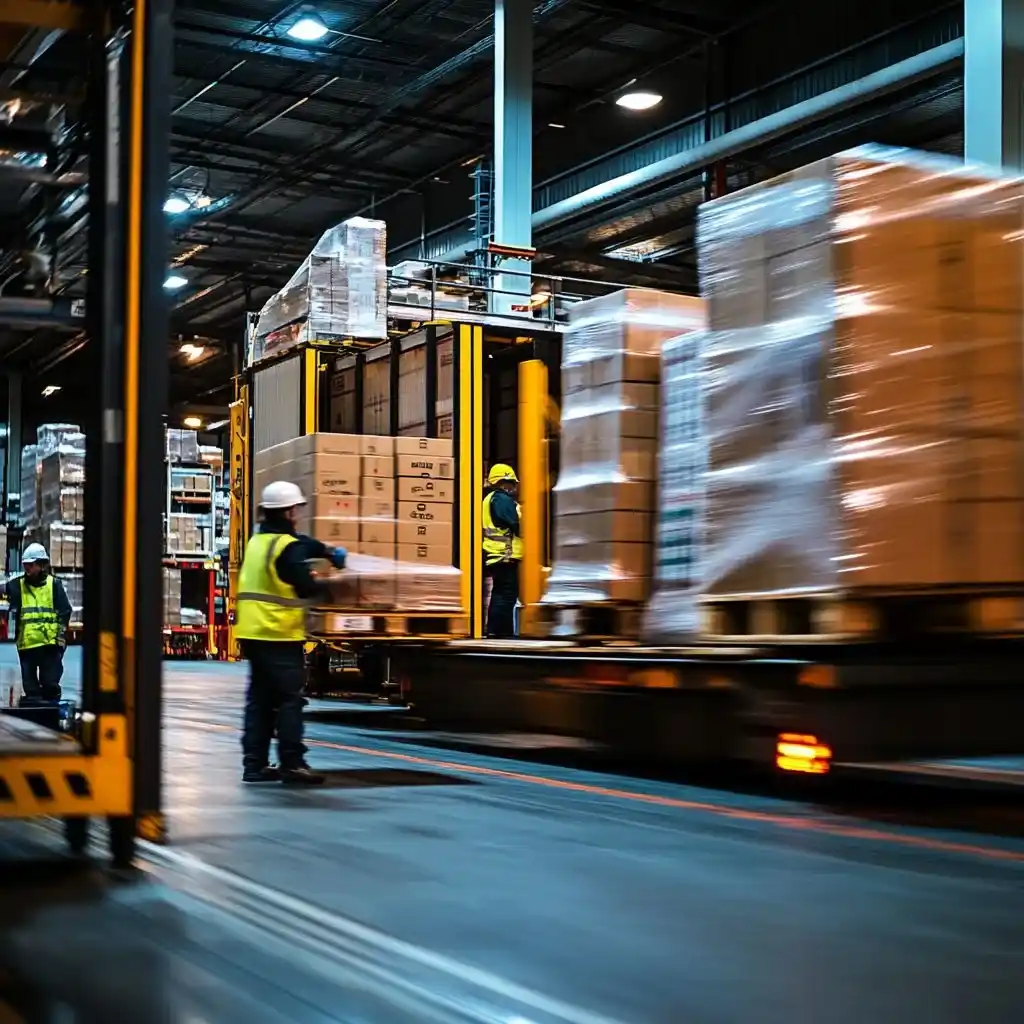Freight Forwarding, Explained
Freight forwarding is the connective tissue of modern trade. Forwarders sit between shippers and transport providers, planning routes, handling paperwork, booking capacity, and keeping cargo moving across borders with minimal friction. If your business needs goods to move efficiently—at the right cost, speed, and risk level—freight forwarding is how you get there.
What Does “Freight” Mean?
“Freight” refers to goods moved in bulk by land, sea, or air. It covers imports, exports, and domestic transfers—and everything needed to move commodities safely and on schedule: bookings, handling, documentation, and delivery.
What a Freight Forwarder Does
A forwarder is your logistics project manager. They coordinate carriers (airlines, ocean lines, trucking and rail operators), negotiate rates, and manage the end-to-end flow: packing, storage, customs clearance, duties/taxes guidance, and cargo insurance. The goal: optimal lead times, predictable costs, and dependable delivery.
Why It Matters in Global Trade
Forwarders unlock access to international markets by navigating regulations and documentation, reducing delays at borders, and consolidating shipments to cut cost. In short, they turn complex, multi-leg journeys into a single, accountable plan that gets your product from factory to customer—smoothly.
Main Types of Freight Forwarding
Different modes suit different needs—budget, timing, product type, and destination all play a role. Many businesses use a blend across their portfolio.
Sea Freight
Best for high-volume, heavy, or non-urgent goods. Sea is the backbone of global trade and typically the most cost-effective over long distances. See Sea Freight.
Air Freight
Fastest transit and high security—ideal for high-value, perishable, or time-critical cargo. Costs are higher, with stricter weight/size limits. See Air Freight.
Road Freight
Flexible, door-to-door reach for domestic and cross-border moves. Great for controlled conditions and precise delivery windows. See Road Freight.
Rail Freight
Efficient for heavy/bulky goods over long distances with lower energy use and emissions than road and air—reliable schedules where networks exist.
Multimodal
A single contract covering multiple modes (e.g., sea + rail + road). Useful for complex routes, crossing borders and terrains with fewer handoffs and better visibility.
Method Comparison at a Glance
| Mode | Ideal For | Speed | Cost | Reach | Environmental Impact |
|---|---|---|---|---|---|
| Sea | Large volumes, heavy/bulky | Slow | Low | Global | Moderate per tonne |
| Air | High-value, urgent, perishable | Fast | High | Global | High |
| Road | Door-to-door, flexible | Medium | Variable | Domestic / Regional | High |
| Rail | Heavy/bulky long-distance | Medium | Low | Domestic / Some cross-border | Low |
| Multimodal | Complex routes, border crossings | Variable | Variable | Global | Variable |
How to Choose a Method
Selecting the right mode means balancing total landed cost, transit time, reliability, and sustainability:
- Cost: Compare base rates plus duties, handling, storage, insurance, and last-mile.
- Speed: Match transit time to product value, shelf-life, and customer SLA.
- Reliability: Consider schedule integrity and disruption risks by route.
- Environmental impact: Weigh mode emissions vs. brand and compliance goals.
Pros & Cons by Mode
Sea
- Pros: Lowest cost per unit, huge capacity, broad cargo types.
- Cons: Slow; weather/port congestion can add delay.
Air
- Pros: Fastest, secure, less packaging required.
- Cons: Expensive; weight/size limits; highest emissions.
Rail
- Pros: Cost-efficient for heavy goods; reliable timetables; greener.
- Cons: Network constraints; less flexible than road.
Road
- Pros: Door-to-door, very flexible, reaches remote sites.
- Cons: Traffic/weather disruptions; higher emissions long-haul.
Multimodal
- Pros: Seamless handoffs under one contract; cost/time optimisation.
- Cons: Requires strong coordination; liability clarity is key.
Tech & Digital Forwarding
Digital platforms and automation streamline bookings, documents, status updates, and billing. Real-time tracking and analytics improve predictability and decision-making while reducing manual error and time to resolution when exceptions happen.
Choosing a Forwarder
- Experience: Track record with your product/category and trade lanes.
- Network: Global partners, carrier access, and space during peak seasons.
- Services: Customs brokerage, warehousing, insurance, SCM support as needed.
- Customer service: Proactive updates, single point of contact, fast issue resolution.
Key Terms to Know
Incoterms
International Commercial Terms that set out buyer/seller responsibilities (costs, risk, delivery point). Ensure your contracts specify the correct term for your shipment.
Bill of Lading (B/L)
Issued by the carrier—serves as receipt, evidence of the contract of carriage, and can function as a document of title. Accuracy is crucial for clearance and release.
- Freight Forwarder: The logistics specialist arranging and managing the shipment.
- Consignor: The party sending the goods.
- Consignee: The party receiving the goods.
- Customs Broker: A specialist handling customs declarations and compliance.
What’s Next for the Industry
- Digitisation: More self-serve tools, EDI/API connectivity, and live visibility.
- Sustainability: Greener fuels, modal shifts (rail/sea), and better route optimisation.
- Integrated services: End-to-end supply chain solutions with warehousing, brokerage, and control towers.
Staying ahead of these trends helps reduce costs, improve resilience, and deliver better customer experiences.
Conclusion & Next Steps
Freight forwarding turns complex, multi-leg logistics into a single, accountable plan. The “right” solution blends the right mode, paperwork, and partners—tailored to your product and timelines. If you’d like route options, landed-cost comparisons, or help booking your next move, Clintopia can design and run it end-to-end.
